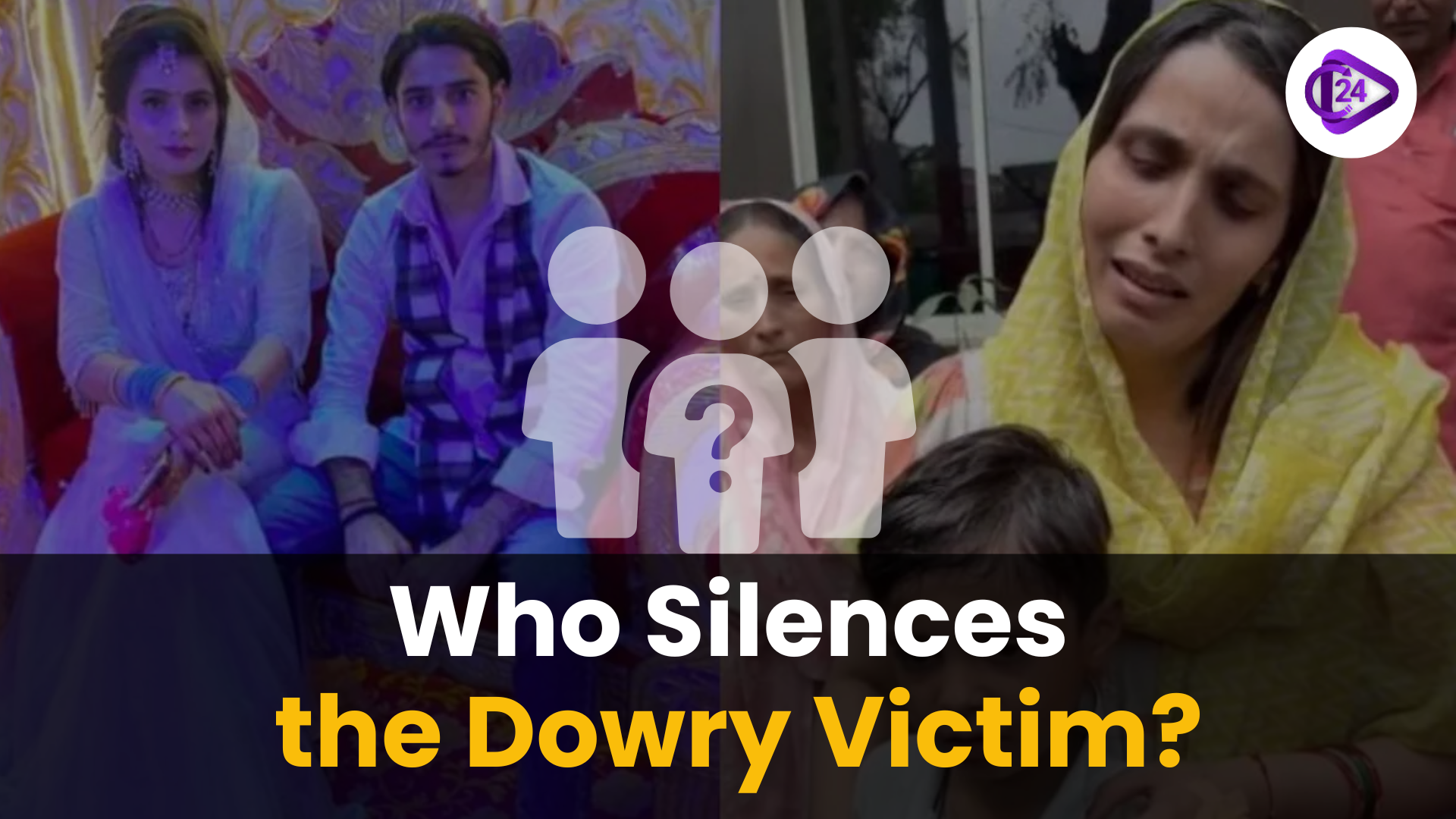
As the recent events of dowry-related violence such as the one involving Nikki Bhati refer to, there have always been cracks in the system despite the presence of anti-dowry laws that were enacted in 1961 and reinforced in 1983. Although there are legal systems in place, systems of societal prejudice, which are entrenched in patriarchy, caste, and class bias, are still perpetuating dowry death cases with many victims remaining unheard and justice unserved.
Key Points:
-
Dowry Demand and Its Perpetuation:
-
Even after getting a huge dowry, Nikki Bhati was reportedly tortured by her husband and in-laws to get her more dowry. This indicates the ruthlessness of dowry demands even after the first dealings and how women continue to be abused in the name of dowry.
-
-
The role of Caste Panchayat in silencing the victims:
-
Nikki also did not go to the police after being abused several times, but ran away to her parental home. Rather than hearing her complaints, caste panchayats sought reconciliation on the basis of the promises of the husband's family, which demonstrates that caste loyalty can usually override the courts of law.
-
-
Patriarchy and Misogyny in Society:
-
Attitudes of patriarchy which have been embedded in caste and class norms reinforce the victim-blaming narrative. This is reflected in social media posts, in which some have argued that Nikki died as a result of a suicide, whilst others changed the attention to the alleged perpetrator and avoiding the bigger picture, which is dowry violence.
-
-
Proposals from Caste Leaders:
-
To a horror show, a caste leader proposed brides to be provided with weapons as dowry to protect themselves against marital torture. This emphasizes the fact that the emphasis is put on the continuity of tradition and honor instead of considering the underlying causes of abuse and inequality in marriages.
-
Conclusion:
The case of Nikki Bhati is in a way a sobering experience of how patriarchy, caste, and class still dominate the lives of women even despite those progressive laws. Although legal means exist to fight dowry violence, the framework of society, such as caste panchayats, family influences and gender conventions, continue to suppress the victims. As long as these norms are not formulated, and reinvented, the real justice to the victims of dowry will be elusive. The case is a call to revision and particularly to reinforce our social and legal systems to make them effective in checking the cause of dowry-related violence.



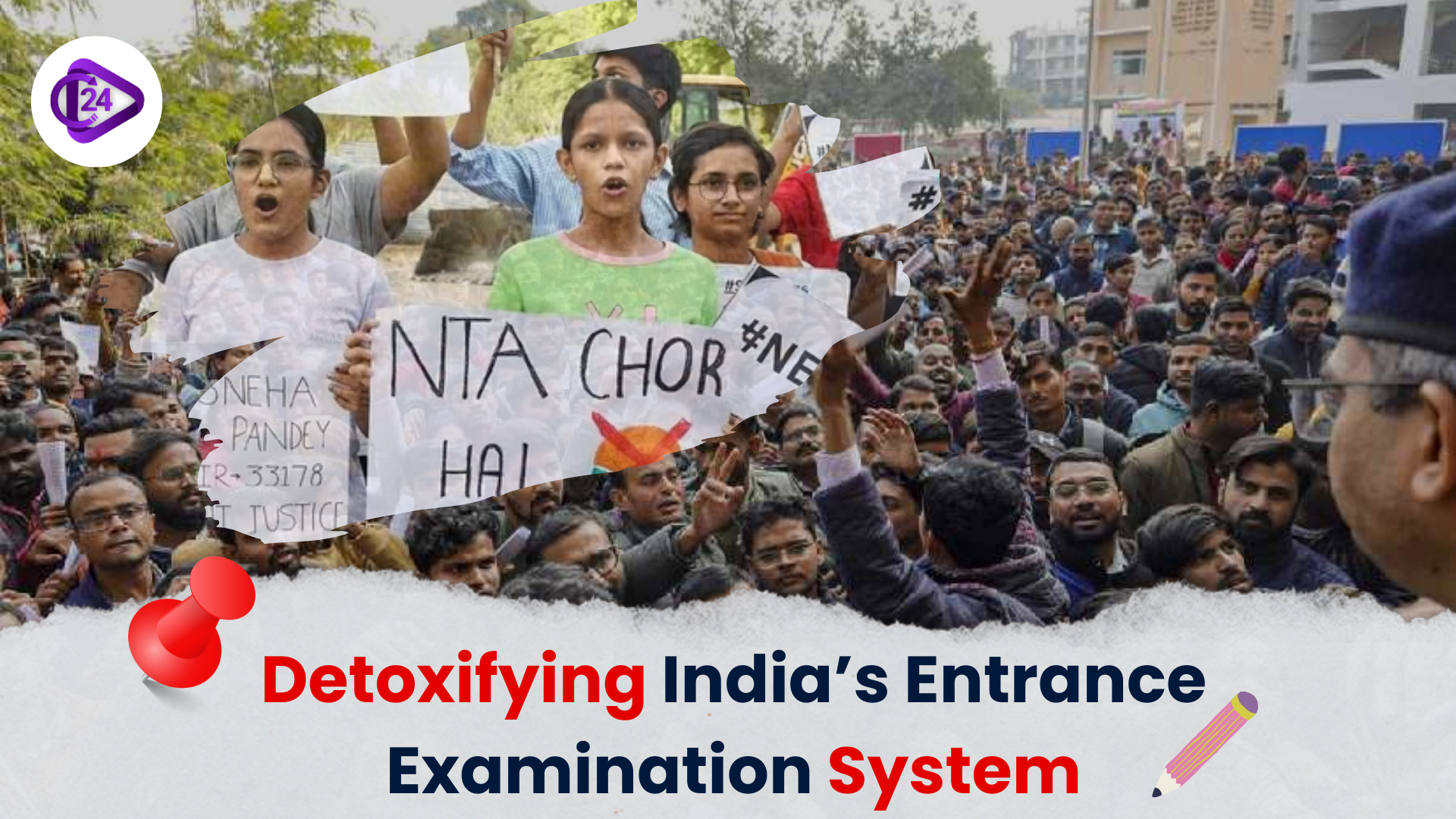 Reforming India’s Entrance Exams: Towards Equity and Student Well-being
Reforming India’s Entrance Exams: Towards Equity and Student Well-being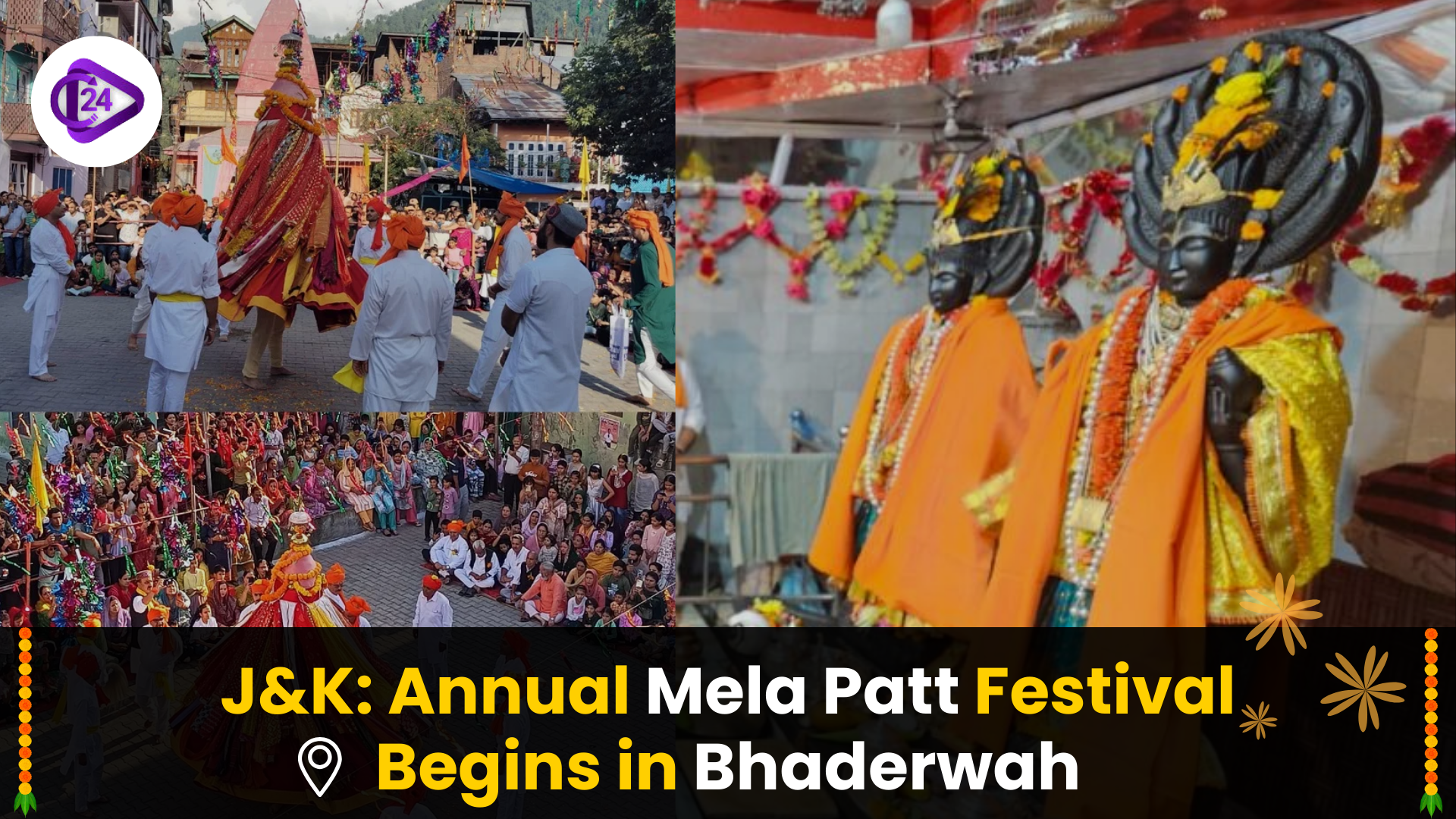 J&K: Annual Mela Patt Festival Begins in Bhaderwah
J&K: Annual Mela Patt Festival Begins in Bhaderwah Prime Minister Extends Warm Greetings on Nuakhai Festival
Prime Minister Extends Warm Greetings on Nuakhai Festival School Enrolment in 3-11 Age Group Drops by 25 Lakh: UDISE+ Report
School Enrolment in 3-11 Age Group Drops by 25 Lakh: UDISE+ Report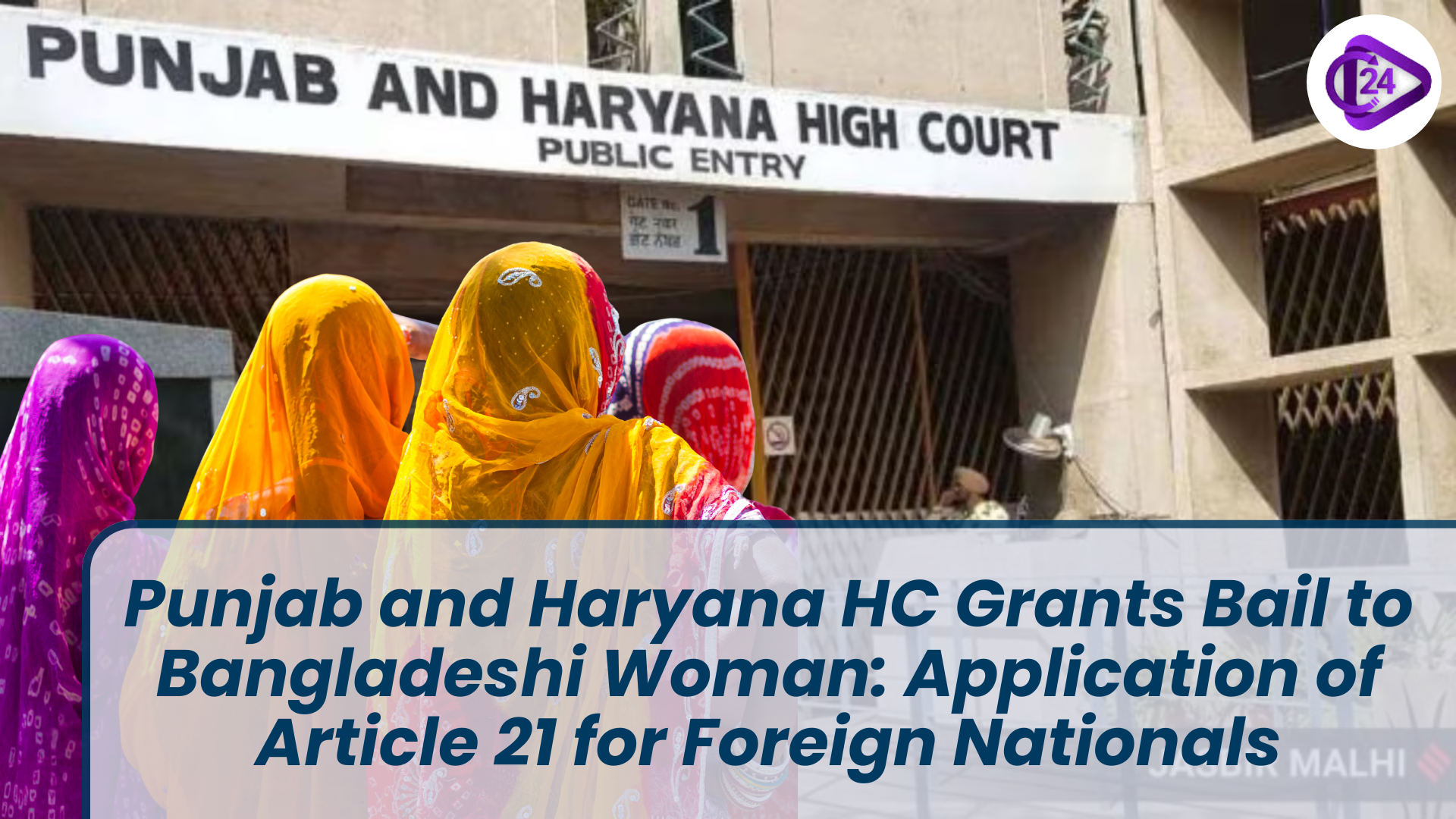 Punjab and Haryana HC Grants Bail to Bangladeshi Woman: Application of Article 21 for Foreign Nation
Punjab and Haryana HC Grants Bail to Bangladeshi Woman: Application of Article 21 for Foreign Nation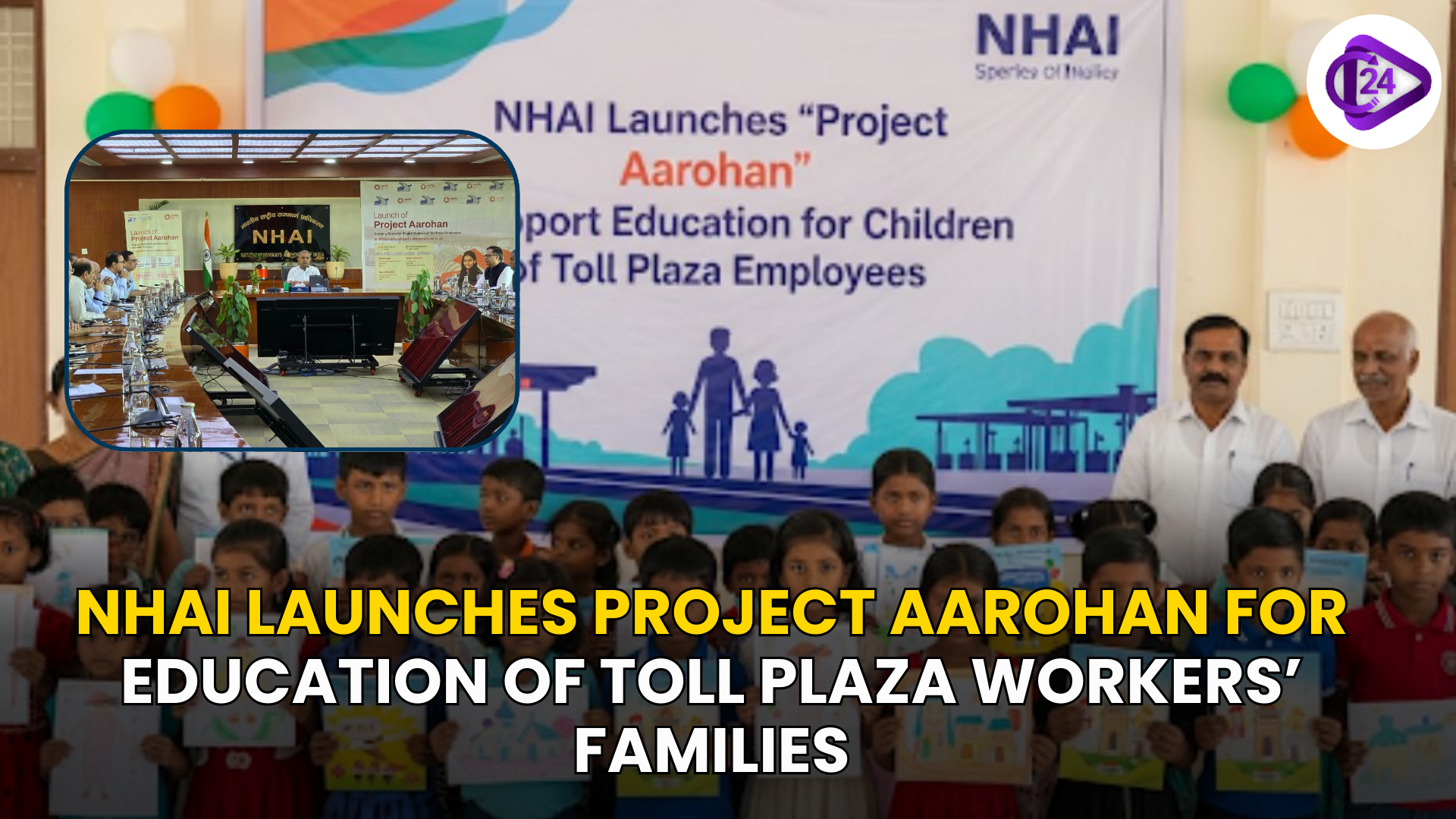 NHAI launches Project Aarohan to support education of toll plaza workers’ families
NHAI launches Project Aarohan to support education of toll plaza workers’ families RAN SAMWAD-2025: A Groundbreaking Tri-Service Seminar on Warfighting at Army War College
RAN SAMWAD-2025: A Groundbreaking Tri-Service Seminar on Warfighting at Army War College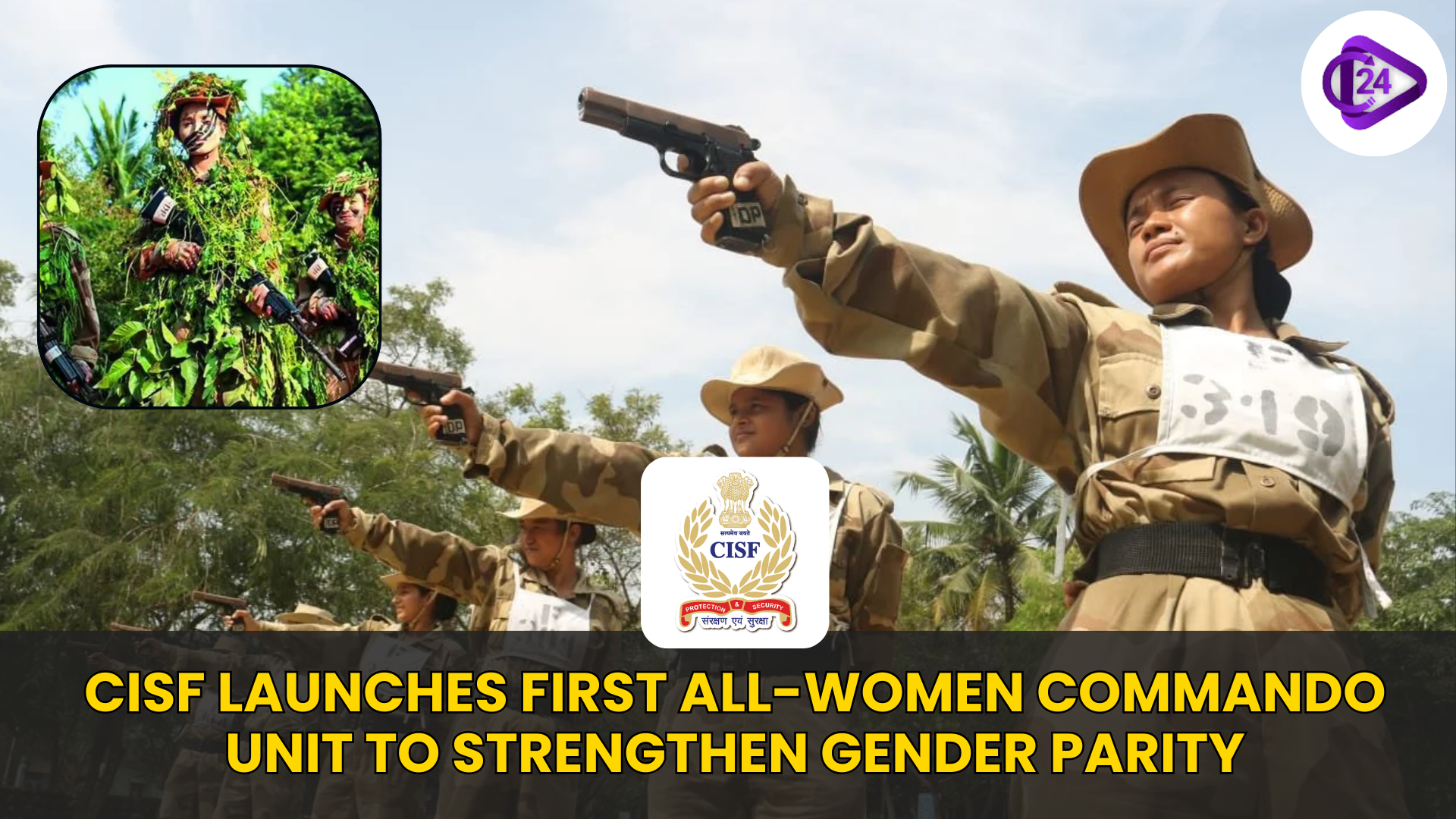 CISF Launches First All-Women Commando Unit to Strengthen Gender Parity
CISF Launches First All-Women Commando Unit to Strengthen Gender Parity NCERT Introduces Indian Classical Art Forms in School Curriculum (Classes 3–8)
NCERT Introduces Indian Classical Art Forms in School Curriculum (Classes 3–8)






